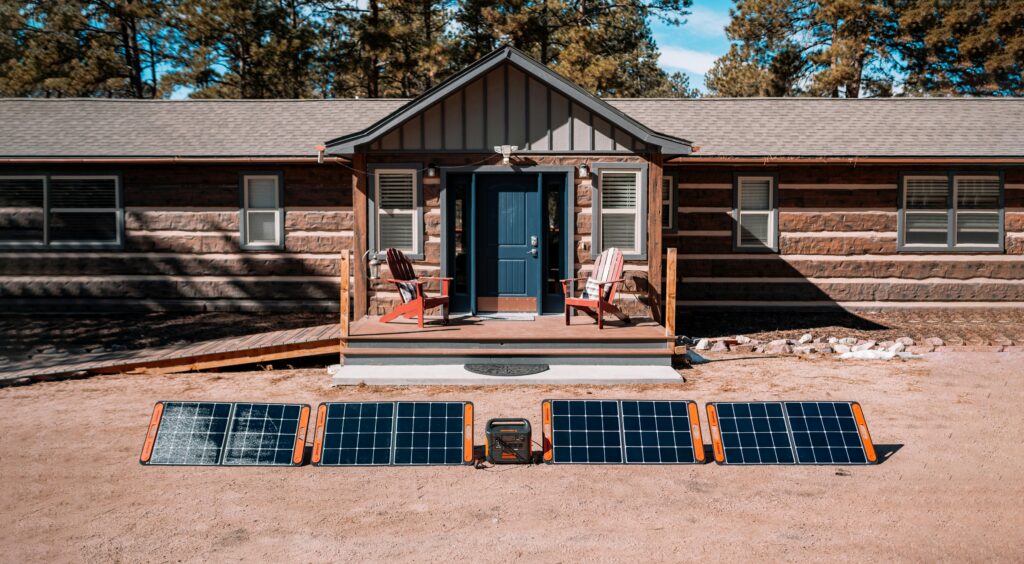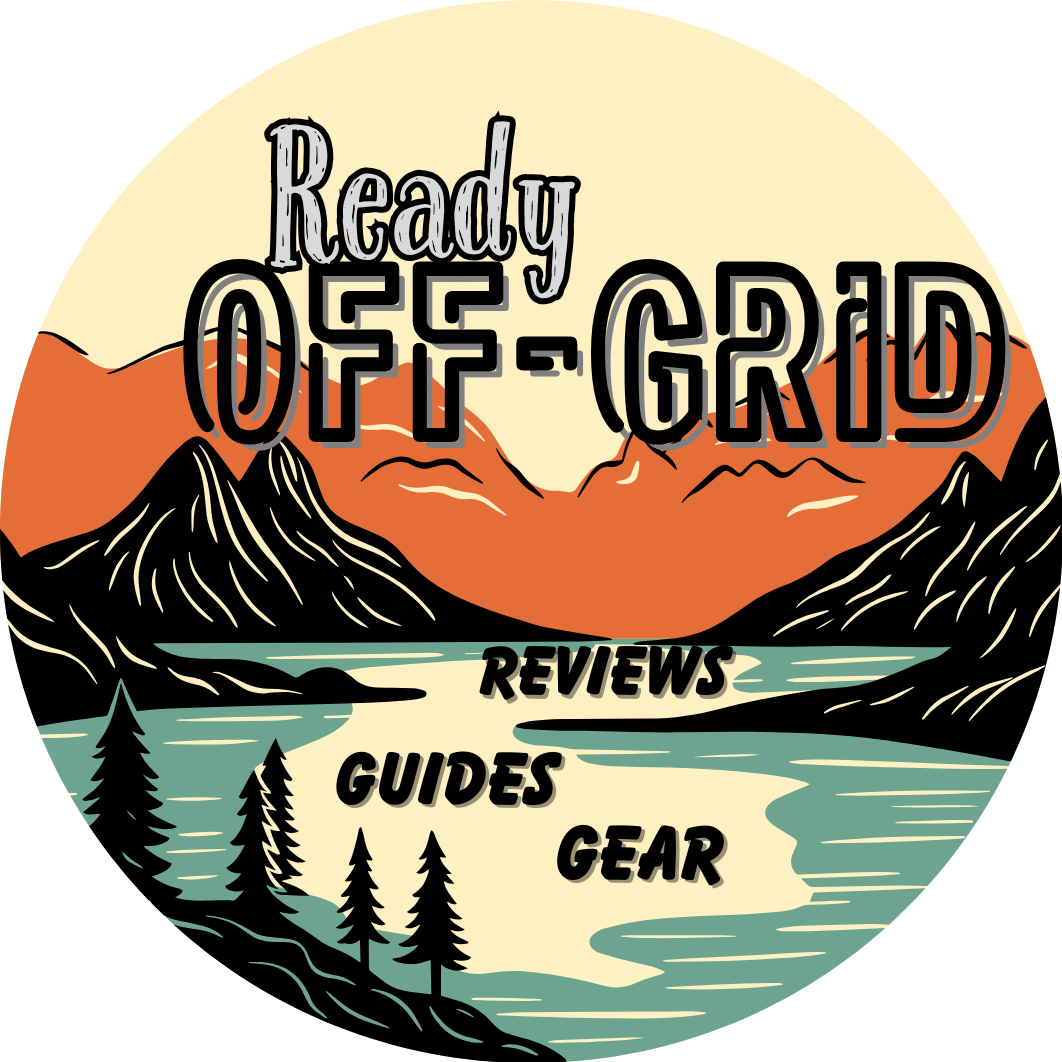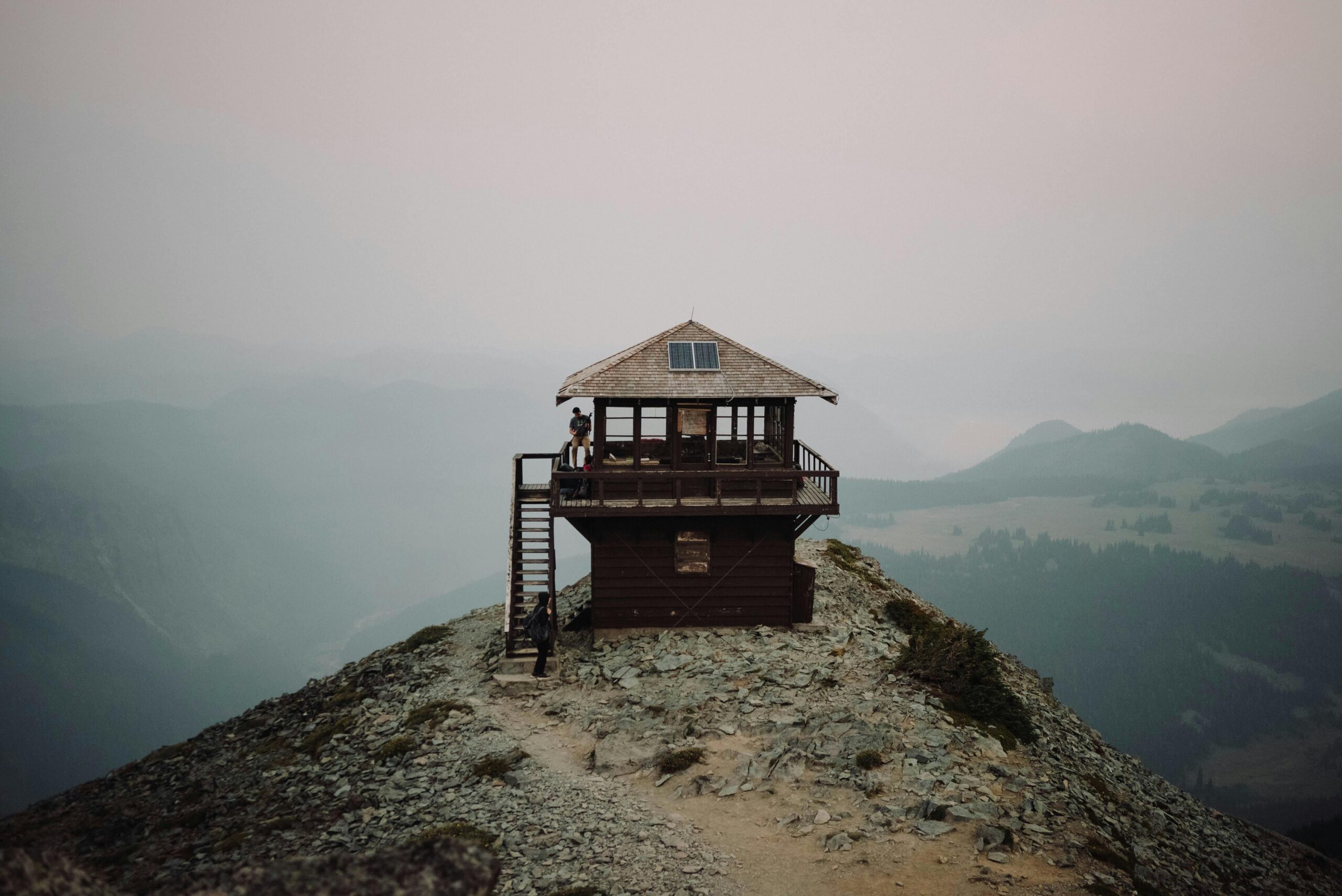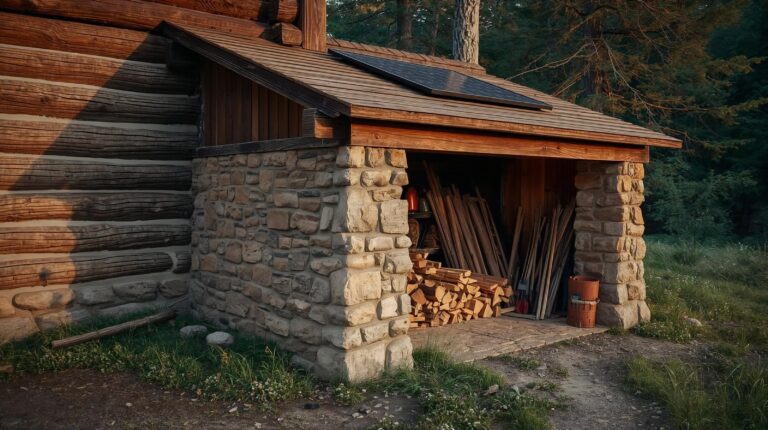Off-Grid Solar Power: A Beginner’s Complete Guide
Off-grid solar power systems provide energy independence, eliminate monthly utility bills, and work anywhere the sun shines. Whether you’re building a remote homestead, preparing for emergencies, or simply cutting ties with the power company, solar technology has become affordable and reliable enough for DIY installation.

Unlike grid-tied systems that feed excess power back to utilities, off-grid setups store energy in batteries for use whenever needed. This requires more careful planning—you must generate and store enough power to cover your needs year-round, including cloudy winter days.
This guide covers system sizing, component selection, realistic cost expectations, and the most common mistakes that leave beginners without power when they need it most. Understanding these fundamentals prevents expensive oversights.
Calculate Your Actual Power Needs
Most people overestimate their electrical needs when planning off-grid solar. Accurate load calculation prevents oversized (expensive) or undersized (frustrating) systems.
Step 1: List every electrical device you’ll use
- Include watts (check device labels or manuals)
- Estimate daily usage hours
- Calculate watt-hours per day (watts × hours)
Example calculation:
- LED lights (60W): 5 hours/day = 300 Wh
- Refrigerator (150W): 8 hours/day = 1,200 Wh
- Laptop (50W): 4 hours/day = 200 Wh
- Phone charger (10W): 2 hours/day = 20 Wh
- Daily total: 1,720 Wh
Critical loads vs. convenience loads:
- Critical: Refrigeration, water pumping, medical devices, lighting
- Convenience: Entertainment, power tools, air conditioning
Size your system for critical loads first. Add convenience loads as budget allows.
Energy efficiency comes first: LED bulbs use 85% less power than incandescent. An Energy Star refrigerator uses 50% less than older models. Reduce consumption before adding solar panels—efficiency is cheaper than capacity.
Understand the Four Essential Components
Every off-grid system requires four components working together. Cheap out on any single piece and the entire system underperforms.
1. Solar panels (energy generation)
- Monocrystalline: Most efficient (18-22%), performs better in low light, 25+ year lifespan
- Polycrystalline: Lower efficiency (15-17%), cheaper upfront, adequate for most uses
- Panel wattage: Typically 300-400W per panel in residential systems
How many panels do you need? Take your daily watt-hour consumption and divide by average sun hours for your location. Add 25% for system losses.
Example: 1,720 Wh daily ÷ 5 sun hours = 344W of panels needed. Add 25% = 430W minimum (two 300W panels).
2. Charge controller (battery protection)
- PWM (Pulse Width Modulation): Cheaper, less efficient, panels must match battery voltage
- MPPT (Maximum Power Point Tracking): 20-30% more efficient, handles voltage mismatches, worth the cost for systems over 500W
The controller prevents overcharging (battery damage) and optimizes energy harvest. Never skip this component.
3. Battery bank (energy storage)
- Lead-acid (flooded or AGM): Lower upfront cost, 3-7 year lifespan, maintenance required
- Lithium (LiFePO4): Higher cost, 10+ year lifespan, deeper discharge depth, no maintenance
- Sizing: Multiply daily usage by days of autonomy (2-4 days typical)
Example: 1,720 Wh × 3 days = 5,160 Wh storage needed. In a 12V system, that’s 430 amp-hours of usable battery capacity.
Depth of discharge matters: Lead-acid batteries die quickly if discharged below 50%. Lithium batteries tolerate 80-90% discharge. This affects sizing calculations significantly.
4. Inverter (AC power conversion)
- Pure sine wave: Required for sensitive electronics, appliances with motors
- Modified sine wave: Cheaper but may damage equipment—avoid for permanent systems
- Size: Match to your largest load plus 25% surge capacity
Running a 1,500W microwave requires at least a 2,000W inverter to handle startup surges.
Choose Between System Voltages
Off-grid systems run at 12V, 24V, or 48V. Voltage choice affects wire sizing, component selection, and expandability.
- Best for: RVs, boats, small cabins under 1,000 Wh/day
- Pros: More component options, easier to understand, cheaper components
- Cons: Large wire sizes needed for higher current, less efficient for larger systems
- Best for: Medium homes 1,000-3,000 Wh/day
- Pros: Balanced efficiency and affordability, smaller wire sizes than 12V
- Cons: Fewer direct 24V appliances available
- Best for: Large homes over 3,000 Wh/day, future expansion plans
- Pros: Most efficient, smallest wire sizes, handles high loads well
- Cons: Higher component costs, requires professional-grade equipment
Most modern off-grid homes use 48V systems for efficiency and scalability. Don’t choose 12V just because it seems simpler—it’ll cost more in the long run for whole-house power.
Budget Realistic Costs
Off-grid solar is cheaper than a decade ago, but it’s still a significant investment. Expect $8,000-15,000 for a small cabin, $15,000-35,000 for a modest home, $35,000+ for full-size houses with standard electric usage.
Basic 2,000 Wh/day system breakdown:
- Solar panels (1,000W): $700-1,000
- MPPT charge controller (40-60A): $300-600
- Battery bank (lithium 5 kWh): $2,500-4,000
- Inverter (3,000W): $800-1,500
- Wiring, mounting, safety equipment: $500-800
- Total: $4,800-7,900
Installation costs: DIY saves 50-70% of total project cost but requires electrical knowledge and permits. Mistakes are expensive—consider professional installation for your first system.
Long-term costs:
- Battery replacement: Lithium every 10-15 years, lead-acid every 3-7 years
- Panel cleaning: Minimal in most climates
- Component upgrades: Inverters last 10-15 years, controllers 10-20 years
Financing options: Some states offer rebates or tax incentives for renewable energy. Check DSIRE (Database of State Incentives for Renewables & Efficiency) for your location.
Avoid These Five Off-Grid Solar Mistakes
1. Undersizing your battery bank
Batteries cost the most, so people cut corners here. Then they run out of power on the second cloudy day. Size for at least 3 days of autonomy—5 days in northern climates with frequent cloud cover.
2. Using the wrong wire gauge
Voltage drop kills system efficiency. 12V systems especially need thick wire—2 AWG or larger for high-current runs. Use wire sizing calculators specific to solar systems.
3. Skipping surge protection
Lightning strikes and grid-induced surges destroy expensive components. Install DC and AC surge protectors—they’re cheap insurance ($50-150 total).
4. Ignoring permits and codes
Off-grid doesn’t mean lawless. Building permits, electrical inspections, and fire codes still apply. Unpermitted systems complicate insurance claims and property sales.
5. Not planning for growth
That 1,000W system feels adequate until you want a chest freezer or power tools. Install oversized wiring and a larger charge controller than currently needed—adding panels later is easy if infrastructure supports it.
Start Your Solar Journey
Off-grid solar systems provide reliable power when designed correctly. Calculate your realistic load, invest in quality components, and size your battery bank conservatively. The upfront cost is significant, but 20-30 years of free electricity justifies the investment.
Start small if budget is tight: a single panel with a small battery bank powers lights and phone charging. Expand gradually as funds and experience allow.
For specific component recommendations and detailed reviews of solar panels, batteries, and inverters, explore our off-grid power product reviews. [Link to future product reviews]




